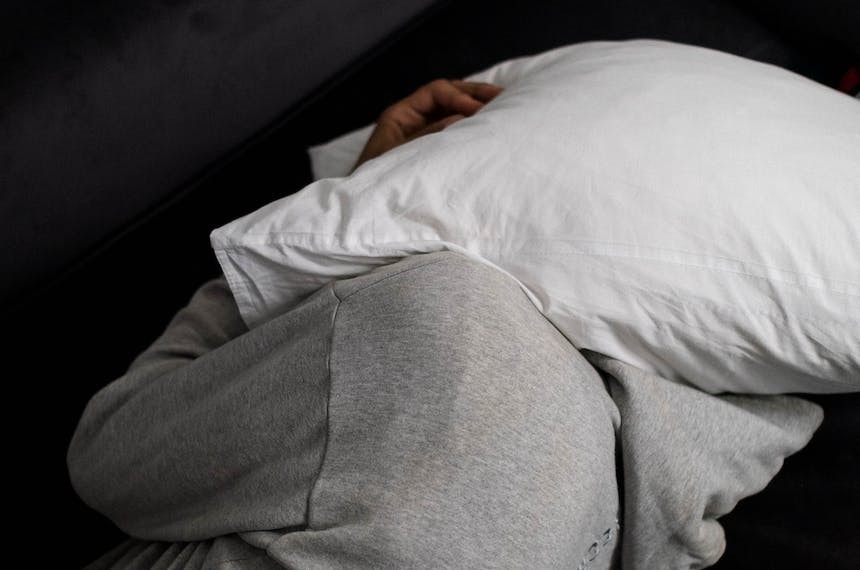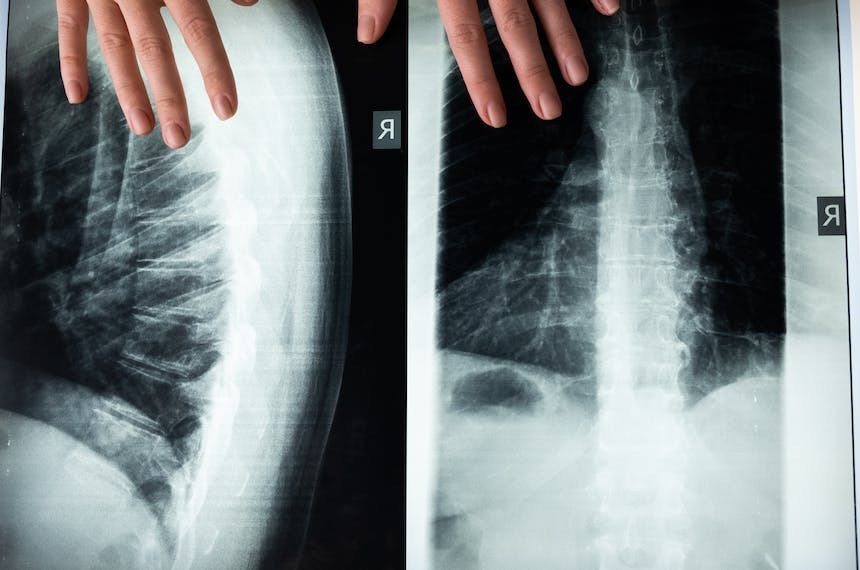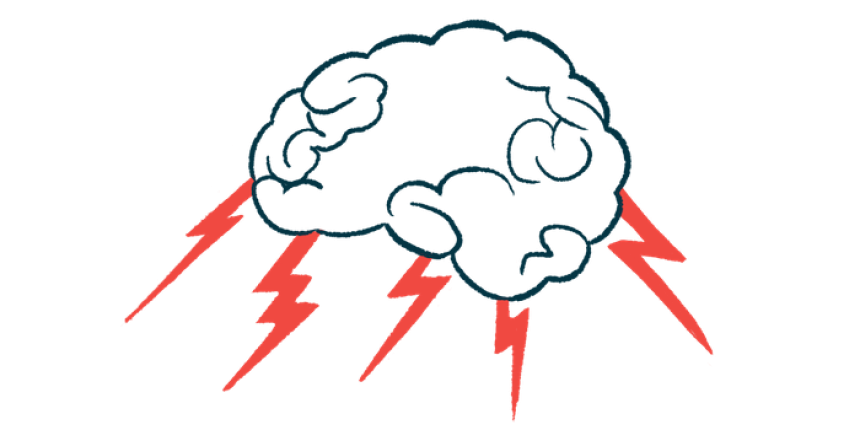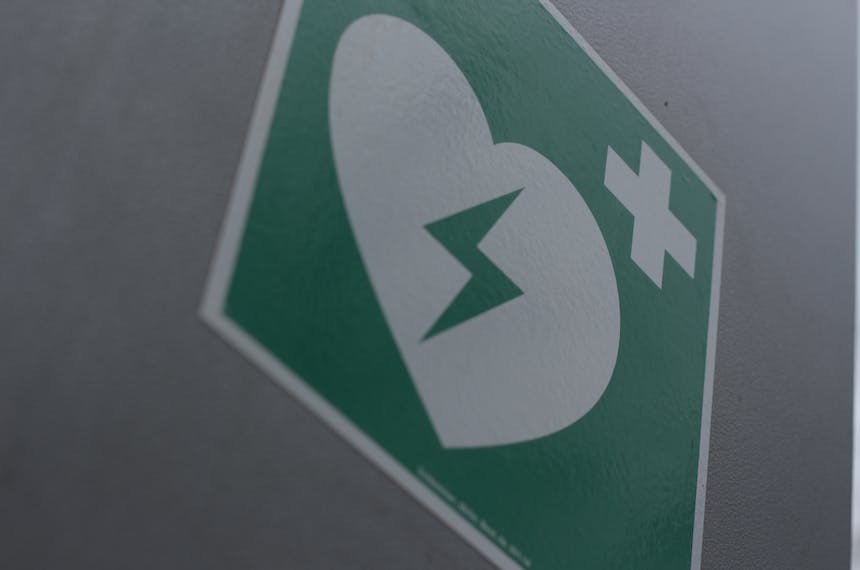
Status Epilepticus
Status epilepticus is a medical emergency characterized by prolonged seizures. It has serious long-term consequences, including injury and death. Treatment involves three phases: assessment and supportive care, initial benzodiazepine treatment, and long-term nonbenzodiazepine antiseizure drug therapy. Various drugs like lorazepam, diazepam, fosphenytoin, phenytoin, valproate, and levetiracetam can be used in these phases. In refractory cases, alternative agents like lacosamide, topiramate, and midazolam, propofol, or pentobarbital infusions may be considered, but the prognosis remains poor. Focal and myoclonic status epilepticus follow similar principles of treatment.
Overview of Status Epilepticus (SE)
Status epilepticus is a medical emergency defined as abnormally prolonged seizure activity, posing a significant risk of long-term complications, including injury and death. It includes seizures extending beyond 5 minutes or serial seizures without a return to baseline consciousness. Syndromes include generalized convulsive status epilepticus (GCSE), focal, myoclonic, and tonic status epilepticus. Refractory status epilepticus occurs in about 20% of cases. (1, 2, 3)
Treatment of GCSE
Treatment of GCSE is time sensitive. Treatment consists of three phases; phase 1 for assessment and supportive treatment; phase 2 for initial benzodiazepine treatment; and phase 3 for long- term drug therapy using a nonbenzodiazepine antiseizure drug. (4)
Assessment includes a focused medical examination with careful attention to airway, breathing, and circulation (ABC). Oxygen therapy is often required. Blood should be checked for a complete blood count, serum calcium, phosphorus, magnesium, renal function tests, liver function tests, and toxicology screen. A rapid fingerstick glucose should always be obtained and hypoglycemia treated with 50 mL of 50% dextrose. Initial pharmacological therapy with benzodiazepines is the first- line treatment. These agents include lorazepam at 0.1 mg/kg intravenously, which could be repeated every 3- 5 minutes as required. There is no definite maximum lorazepam doses. Alternatively if lorazepam is not available, diazepam 0.15 mg/kg IV, up to 10 mg per dose. In patients remain actively seizing despite that, continuous midazolam or propofol infusion should be considered. If IV access is not available, IM midazolam (10mg for those >40kg, 5mg <40Kg) is a safe and effective alternative. Phase 2 should be completed within 10-20 minutes. (5)
Moreover, a nonbenzodiazepine antiseizure drug treatment is required to prevent seizure recurrence. Agents include fosphenytoin/phenytoin ( staring at a loading dose of 20 mg/kg for forphenytoin or 20 mg/kg for phenytoin, infused at 100 -150 mg /min for forphenytoin or 25- 50 mg/minute for phenytoin. An additional dose of 5 - 10 mg /kg fosphenytoin or 5- 10 mg/kg phenytoin could be given 10 minutes after the loading dose if seizure activity persists. The maximum cumulative dose is 30 mg/kg. Phenytoin (but not fosphenytoin) is incompatible with benzodiazepines and should not be infused through the same intravenous line. Valproate is given with a loading dose of 30 mg/kg and infused at a rate of 10 mg/kg per minute. Levetiracetam is given at a loading dose of 60 mg/kg (maximum 4500 mg) infused over 15 minutes. The choice among these nonbenzodiazepine antiseizure drugs can be made according to individual patient factors, such as, comorbid conditions and potential adverse effects, as well as local availability and clinician experience. (6)
For refractory GCSE, alternative agents include lacosamide (200 -400 mg IV bolus). It is associated with rare but serious cardiac side events include second degree and complete atrioventricular block. It should be used with caution in patients with comorbid heart disease and with concurrent use of other drugs that may prolong the PR interval and an electrocardiogram is required before and during its infusion in all cases. Also, topiramide (at doses up to 1600 mg/day) and can be given via nasogastric tube. Topiramate can cause metabolic acidosis as a side effect and is not available in an intravenous form. (7)
Managing Focal and Myoclonic Status Epilepticus
Focal status epilepticus is treated with the same antiseizure drugs as for GCSE. However, the main objective here is to avoid oversedation and intubation. Benzodiazepines drugs are generally unnecessary after resolution of the acute episode. Initial treatment of myoclonic status epilepticus (MSE) is based on the underlying etiology and its subtype. While, juvenile myoclonic epilepsy (JME) does not require nonbenzodiazepine antiseizure drug therapy and phenytoin, and carbamazepine should be avoided, secondary forms of MSE are more resistant to antiseizure drugs. (8)
Approach to Refractory Status Epilepticus
Refractory status epilepticus is defined as ongoing seizure activity after an initial benzodiazepine and a nonbenzodiazepine antiseizure drug. It is critical to provide adequate hemodynamic support and patients should be intubated. The primary antiseizure drugs are midazolam (0.2 mg/kg bolus given at a rate of 2 mg/min), with additional boluses every five minutes until seizures stop (up to a maximum of 2 mg/kg), followed by a continuous infusion of 0.1 mg/kg/hour, which can be titrated up to the maximum dose of 3 mg/kg/hour), and propofol (starting at 1- 2 mg/kg over five minutes and repeated until seizures stop, up to a maximum of 10 mg/kg). Other agents include pentobarbital (5 mg/kg over 10 minutes (maximum rate of 50 mg/minute) with a careful attention to the EEG and hemodynamic status. Thereafter, a continuous infusion of 1 mg/kg/hour, up to a maximum of 5 mg/kg/hour) is required. Pentobarbital treatment is associated with a slightly lower frequency of breakthrough seizures compared with propofol or midazolam treatment, but a higher frequency of hypotension and many patients will require vasopressor support. Also, ketamine (2 mg/kg loading, followed by an infusion of 1.5-10 mg/kg per hour) showed some activity in refractory status epilepticus. However, the prognosis of patients for refractory status epilepticus is poor. (9, 10)
References
1- Trinka E, Cock H, Hesdorffer D, Rossetti AO, Scheffer IE, Shinnar S, Shorvon S, Lowenstein DH. A definition and classification of status epilepticus. - Report of the ILAE Task Force on Classification of Status Epilepticus. Epilepsia. 2015;56:1515–1523.
2- Knake S, Hamer HM, Rosenow F. Status epilepticus: a critical review. Epilepsy Behav. 2009;15(1):10–14.
3- Mayer SA, Claassen J, Lokin J, Mendelsohn F, Dennis LJ, Fitzsimmons BF. Refractory status epilepticus. Frequency, risk factors, and impact on outcome. Arch Neurol. 2002;59:205–210.
4- Brophy GM, Bell R, Claassen J, Alldredge B, Bleck TP, Glauser T, Laroche SM, Riviello JJ, Jr, Shutter L, Sperling MR, Treiman DM, Vespa PM. Neurocritical Care Society Status Epilepticus Guideline Writing Committee. Guidelines for the evaluation and management of status epilepticus. Neurocrit Care. 2012;17:3–23.
5- Alvarez V, Lee JW, Drislane FW, Westover MB, Novy J, Dworetzky BA, Rossetti AO. Practice variability and efficacy of clonazepam, lorazepam, and midazolam in status epilepticus: A multicenter comparison. Epilepsia. 2015;56:933–941.
6- Chen JW, Wasterlain CG. Status epilepticus: pathophysiology and management in adults. Lancet Neurol 2006; 5:246.
7-Glauser T, Shinnar S, Gloss D, et al. Evidence-Based Guideline: Treatment of Convulsive Status Epilepticus in Children and Adults: Report of the Guideline Committee of the American Epilepsy Society. Epilepsy Curr 2016; 16:48.
8- Shorvon S, Baulac M, Cross H, Trinka E, Walker M, TaskForce on Status Epilepticus of the ILAE Commission for European Affairs The drug treatment of status epilepticus in Europe: consensus document from a workshop at the first London Colloquium on Status Epilepticus. Epilepsia. 2008;49:1277–1285.
9-Hocker S. Treatment of refractory and super-refractory status epilepticus. Chap 17. In: Drislane FW, Kaplan PW, editors. Status epilepticus. A clinical perspective. 2. Cham: Humana Press; 2017. pp. 201– 214.
10- horvon S, Ferlisi M. The treatment of super-refractory status epilepticus: a critical review of available therapies and a clinical treatment protocol. Brain. 2011;134:2802–2818.





